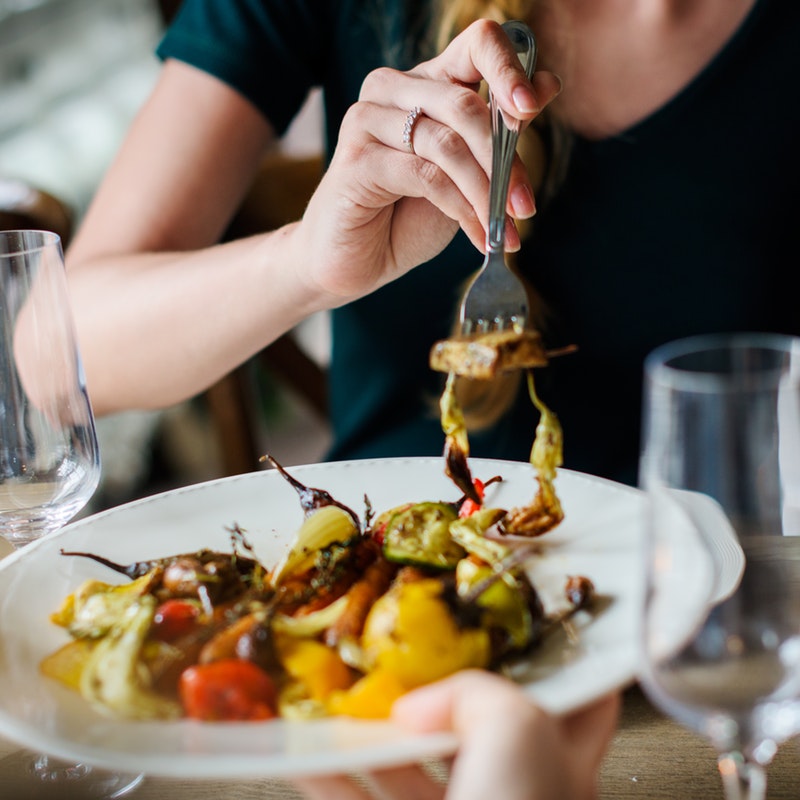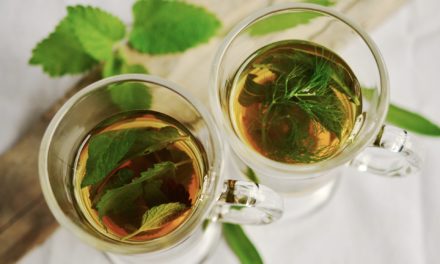About this Recipe
History and Preparation of Peking duck
Peking duck is an iconic Chinese dish that dates back for centuries. It consists of thin pieces of tender, roasted duck meat and crispy skin served with thin crepe-like “lotus leaf pancakes” (heye bing), sweet noodle sauce (tianmianjiang) or hoisin sauce (haixianjiang) and finely sliced green onions. Often an adept chef slices the freshly roast duck table-side before serving, separating the skin from the meat. Once served, the meat is wrapped in a pancake with all the fixings (may also include lettuce and thinly sliced cucumbers) and quickly enjoyed. The recipe originated in the former Chinese capital of Nanjing, in the eastern province of Jiangsu.
Servings:
6-8
Prep Time:
1 hr, 30 mins
Cook Time:
1 hr, 15 mins
Drying:
12-24 hrs
Good For:
Lunch/Dinner/Snack
Difficulty:
8-10
Calories:
663
Best For:
Duck Lovers
Majestic Connotations
Peking Duck
By: Terry Randolph
Over the course of several years, I’ve eaten Peking style Chinese duck in South Korea, Hong Kong, China, Taiwan and Malaysia. All were prepared slightly different that resulted in a difference in taste. I contest not these differences because they are regional at best, and perhaps in no way do the capture (nor, expected to capture) the taste and quality of bygone ages.
With this in mind, I decided to present a brief history of this style of Chinese cruesine to acquaint those interested in its early beginnings and also offer some suggestions on how they might attempt to develop a reasonable in their home kitchens. This also compliments the trip my son and I made to Beijing in 2010.
A Brief History of Peking Duck
‘Evidence of preparing roasted duck in China goes as far back as the Southern and Northern dynasties (420-589). However, it wasn’t until the Yuan dynasty (1271-1368) that the dish’s association with the imperial court was first recorded, in the form of a 1330 cookbook by a royal dietary physician by the name of Hu Sihui. Hu’s recipe called for a rather elaborate preparation, where the duck was roasted inside the stomach of a sheep.’
‘In the early 15th century of the Ming Dynasty, Beijing roast duck remained one of the famous dishes on imperial court menus. According to the local history, the earliest roast duck restaurant in Beijing was the old Bianyifang Restaurant, which opened during the Jiajing reign (1522-1566). Distinct from the method in which the duck is hung from a hook in the ceiling of the oven and roasted over and roasted over burning wood, the Old Bianyifang Restaurant roasted its ducks with radiant heat. The walls of the oven were first heated with sorghum stalks whereupon the duck was placed inside and cooked by the heat given off by the walls. A duck roasted in this manner is crisp to the touch and golden brown in appearance; its flesh is both tender and tasty.’

‘During the Qianlong period (1736-1796), roast duck was a favorite delicacy of the upper classes. According to Recipes from the Suiyuan Garden, the famous cookbook written by the poet and gourmet Yuan Mei, “Roast duck is prepared by revolving a young duckling on a spit in an oven. The chefs of Inspector Feng’s family excel in preparing this dish.” Other scholars, after dining on roast duck, were inspired to poetry. In one collection of old Beijing rhymes (Duan Zhuzhici) one of the poems reads: “Fill your plates with roast duck and suckling pig.” Another contemporary annotation reads: “When an official gives a banquet he will choose dishes to please each of his guests. For example, Bianyifang’s roast duck”.’
‘A proper way to eat Beijing Roast Duck can be divided into 3 steps. First, pick up a slice of duck with the help of a pair of chopsticks and dip it into the soy paste. Next, lay it on the top of a thin cake and add some bars of cucumber and shallot. Finally, wrap the stuff into a bundle with the sheet cake (a thin pancake). The real secret of Peking duck’s flavor lies in your carefully nibbling away at the mixture. You will find all the different ingredients very compatible. People say: “it’s a pity to leave Beijing without trying the roast duck. The taste of the roast duck is in the eating.’
Reference:
(a) The History of Beijing Duck
(b) Hu Sihui, Chinese court therapist and dietitian. He is known for his book Yinshan Zhengyao (Dietary Principles) that became a classic in Chinese medicine and Chinese cuisine. He was the first to empirically discover and clearly describe deficiency diseases.
(c) Culture Trip
Peking Duck by Andrew Wong
‘Andrew Wong’s Peking duck recipe is not a dish to commit to lightly. But this Chinese classic, which Andrew has dedicated years of research to, possesses flawlessly crispy, glassy skin that is more than worth it if you have the patience. An electric bike pump and fan are needed so prepare yourself well before you start.’
Ingredients
- 2.6 kg Duck (defrosted)
- 100g Chinese five-spice powder
- 50g salt
- 2 tbsp sugar
- 2 tbsp Shaoxing wine
- 2 tbsp Chinese red vinegar
- 3 tbsp maltose
MALTOSE SYRUP
EQUIPMENT:
Bicycle pump
Electric fan
Meat hook
Prepration
1. Defrost the duck and rinse well with cold water. Use 1 whole frozen duck, about 2.6kg in weight.
2. Make the five-spice salt by mixing together the five-spice powder and the salt (50g of salt
& 100g of Chinese five-spice powder.
3. Using an electric bike pump, insert the end of the pump just under the skin, entering from the bottom of the belly. When done correctly, the entire bird will begin to inflate as the air travels in-between the flesh and the skin of the duck.
4. Add 2 tbsp of the five-spice salt to a bowl and mix with 2 tbsp of sugar. Use the mixture to season the inside of the duck.
5. Insert a hook into the back of the bird and hang it up over the draining board in the kitchen to dry for 10 minutes.
6. Bring a large pan of water to a rolling boil. With the duck held over the pan, use a large ladle or small saucepan to pour the boiling water all over the skin of the duck, letting it fall back into the pan. Continue pouring the water over the duck until every inch of skin has had a good dousing – you will see the skin tighten up and change colour slightly.
7. Hang the duck in a cool, dry place for 30 minutes.
8. For the maltose syrup, bring all the ingredients to the boil in a large pan with 1.5l of water. (2 tbsp of Shaoxing wine, 3 tbsp of maltose, 2 tbsp of Chinese red vinegar).
9. Pour the boiling syrup repeatedly over the skin of the duck as you did with the boiling water in step 5.
10. Hang the duck in a cool, dry place for 12–24 hours to dry out, placing an electric fan in front of the bird to accelerate the process.
11. On day two, check the duck to see if it is ready for roasting – the skin should be completely dry to touch. If so, preheat the oven to 120°C/gas mark 1/2.
12. The idea is to hang the duck by the hook from the top shelf in the oven to roast, with the door slightly ajar, for 1 hour. However, it is probable that your oven isn’t big enough to hold a hanging duck! In this case, aim to get the back skin to restaurant quality, which is a lot easier to bring to glass-like perfection anyway. Place the duck breast-side down on a rack set over a roasting tray and roast as above.
13. After 1 hour, turn the oven up to 200°C/gas mark 6 and roast for a further 15 minutes with the door very slightly ajar to allow any condensation to escape.
14. Remove the duck from the oven and immediately start taking off the hard, lacquered skin, as the longer you leave it attached, the more likely the steam generated from the flesh will soften it into a limp, soft mess.
15. Remove the duck meat from the carcass and thinly slice, then serve with the skin, pancakes, crunchy veg and sauce hoisin sauce, or plum sauce.
Serve with:
12 – Chinese pancakes
1 – bunch of spring onions, finely sliced
1 – cucumber, finely sliced.
Enjoy!
Andrew Wong
‘After a tour of the kitchens and restaurants of China, Andrew Wong returned to his parents’ restaurant in London and transformed it into a temple of regional Chinese cuisine. He now offers diners exciting new tastes and flavours from the country, brought into a fine dining atmosphere thanks to his classical training.’

Wong’s Signature Peking Duck
‘After a tour of the kitchens and restaurants of China, Andrew Wong returned to his parents’ restaurant in London and transformed it into a temple of regional Chinese cuisine. He now offers diners exciting new tastes and flavours from the country, brought into a fine dining atmosphere thanks to his classical training.’
Step by Step Instructions
Watch the video. For those desiring a much easier version of Peking duck preparation than that presented above.
NUTRITION
Peking Duck
Food provides the energy and nutrients you need to be healthy. Nutrients include proteins, carbohydrates, fats, vitamins and minerals, among others. The percentages place here are only a guide.
Amount Per 275 grams
Calories: 663
- Protein 11%
- Calories 12%
- Cholesterol 39%
- Fat 63%

Enjoying good food is one of life’s greatest pleasures. Be careful not to overindulge. Keep healthy!






